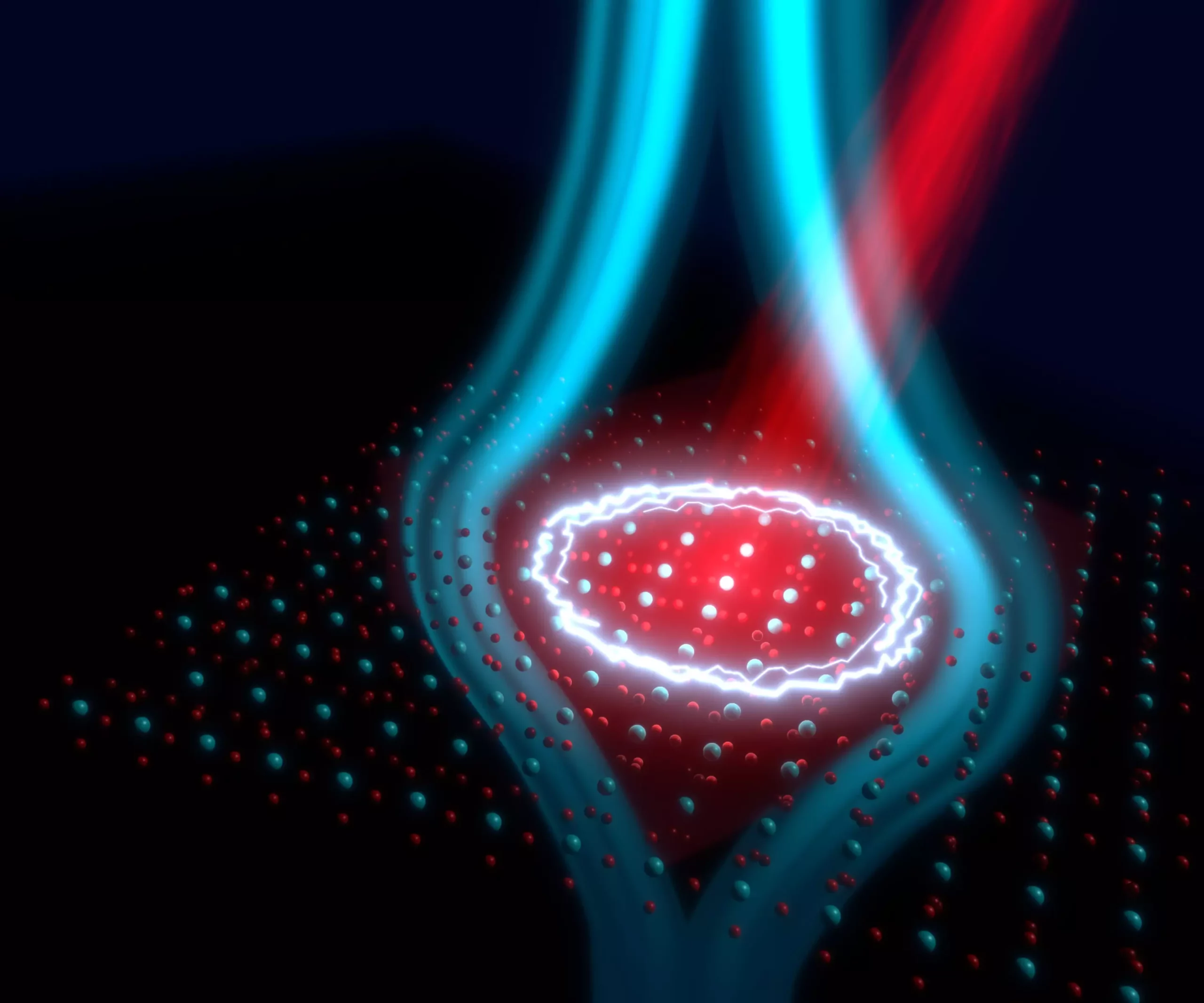Superconductivity represents one of the most intriguing facets of condensed matter physics, offering a glimpse into the behavior of materials under extraordinary conditions. Traditionally, this phenomenon allows certain materials to conduct electricity without resistance when cooled to low temperatures. The implications of such zero-resistance transmission are vast, ranging from lossless power cables to groundbreaking advancements in magnetic levitation technologies. However, the scope of superconductivity has traditionally been limited by the low temperatures needed for it to occur—but recent scientific advancements suggest a new paradigm may be on the horizon.
Exploring Non-Equilibrium States
A pivotal area of contemporary research has turned its focus to non-equilibrium states—scenarios where materials are driven away from thermal balance. In these situations, researchers have discovered tantalizing evidence indicating that superconducting-like properties can emerge at higher temperatures through specific manipulation of external conditions, such as laser irradiation. This phenomenon, often referred to as “light-induced superconductivity,” challenges long-held beliefs and opens up exciting avenues for both theoretical understanding and practical applications.
As scientists approach this unexplored territory, they have recognized that light can be not just a tool but a transformative agent that alters the state of materials at the quantum level. These studies reveal potential uses for superconductivity in real-time applications, including ultra-fast electronic devices controlled by laser pulses. The age of high-speed innovation beckons as the synergy between superconductivity and laser technology becomes clearer.
Challenges in Measurement and Discovery
Yet, the exploration of light-induced superconductivity brings with it a host of experimental challenges. One particularly perplexing issue is the transient nature of the superconducting state that appears when a material is subjected to laser pulses—a phase that often lasts only a fraction of a second. Because of this brevity, capturing the full dynamic behavior of these materials under laser excitation has proven to be an arduous task. Conventional measurement techniques are often inadequate for the rapid changes that occur, thus complicating our understanding of the phenomena involved.
A recent breakthrough by researchers at the Max Planck Institute for the Structure and Dynamics of Matter (MPSD) in Hamburg, led by Andrea Cavalleri, has addressed this challenge head-on. The team ingeniously developed a method for monitoring the magnetic properties of superconductors at unprecedented speeds, enabling more nuanced analyses of materials like YBa2Cu3O6+x, known to be a conventional superconductor only at extremely low temperatures. This advancement exemplifies the ingenuity of researchers as they navigate the complexities of observing condensed matter phenomena.
Experimental Insights and Implications
The study yielded stunning results: when the compound YBa2Cu3O6.48 was photo-excited, it exhibited almost zero electrical resistance and a notable expulsion of magnetic fields—an effect reminiscent of what is observed in conventional superconductors at equilibrium. The implications of this discovery are profound. This laser-induced expulsion of magnetic fields aligns with the anticipated behavior of classical superconductors, suggesting that a deeper understanding of non-equilibrium superconductivity could pave the way for achieving superconductivity at more accessible conditions, perhaps even room temperature.
Such potential breakthroughs would not just revolutionize theoretical physics but could also lead to tangible technological advancements that transform industries. Imagine power lines carrying electricity without loss, transportation using maglev systems achieving unrivaled speeds, and computer systems operating with enhanced speed and efficiency through the integration of superconductivity into everyday technology.
Looking to the Future: A Paradigm Shift
Though sweeping conclusions regarding the microscopic origins of light-induced superconductivity remain elusive, findings from such experiments provide a crucial foundation for testing existing theories and stimulating new ones. The ability to synchronize fluctuating superconducting orders using tailored light pulses suggests a careful orchestration of quantum states is possible—unlocking a potential that extends beyond conventional scientific boundaries.
As researchers continue to delve into the realm of light-induced superconductivity, the excitement is palpable. It is not merely the ambition of scientific curiosity that drives these explorations, but rather the prospect of realizing a future where superconductivity is not merely an esoteric state but a commonplace utility. In that future, barriers between technology and fundamental physics could dissolve, allowing humanity to harness the quantum world in practical, revolutionary ways.

